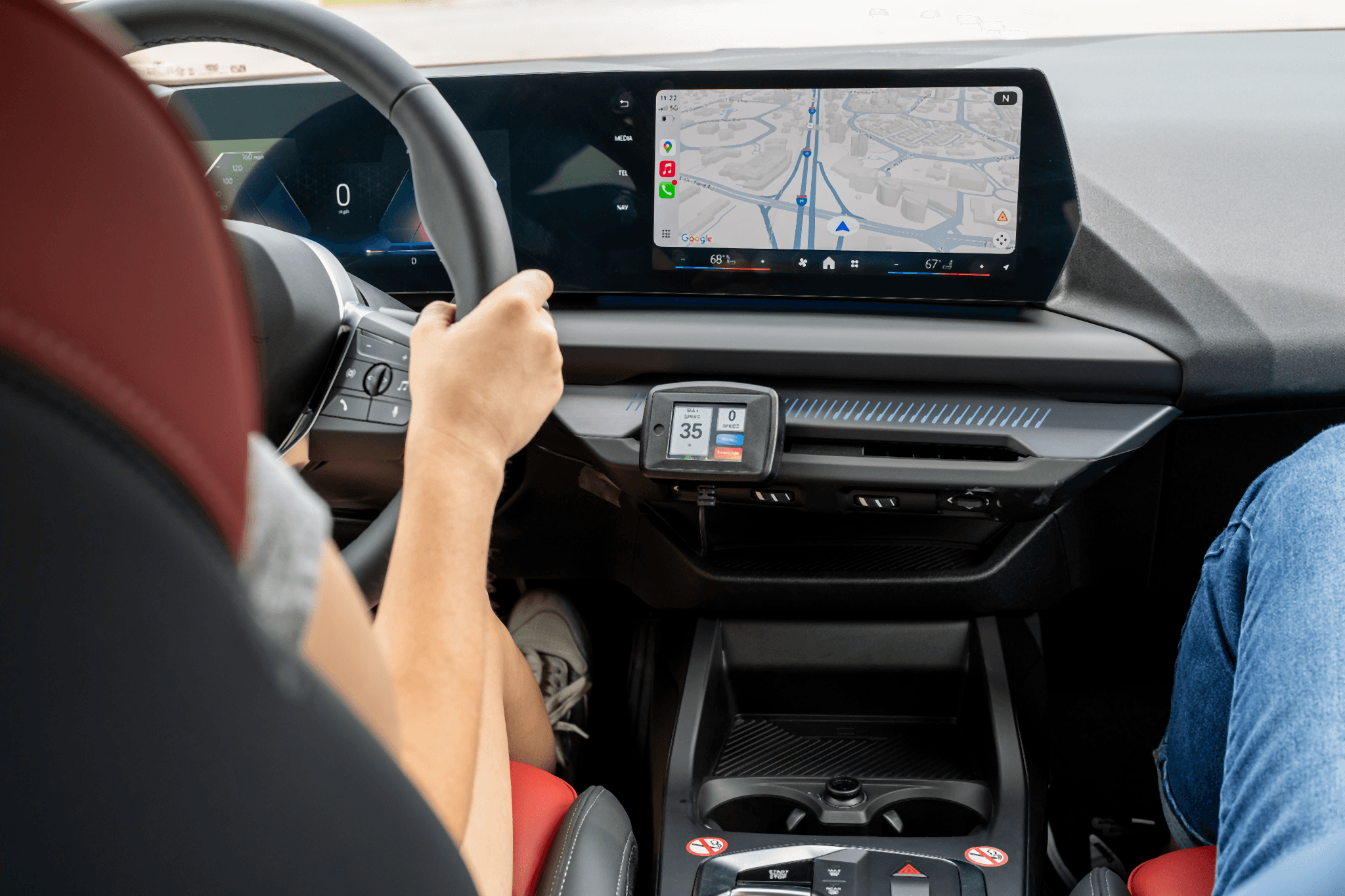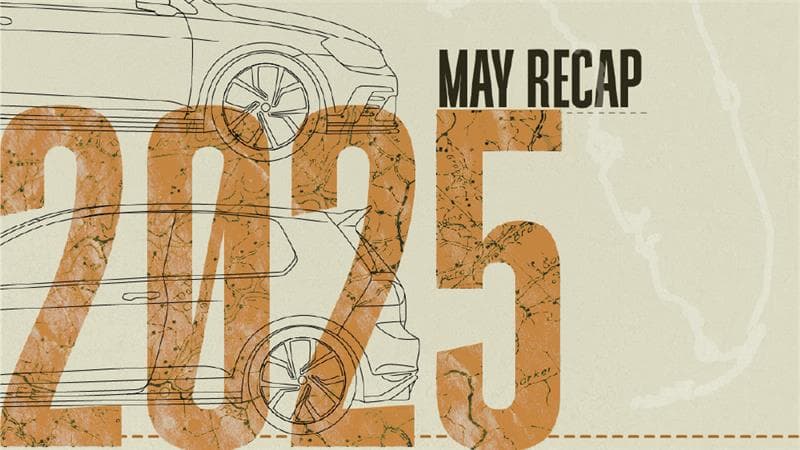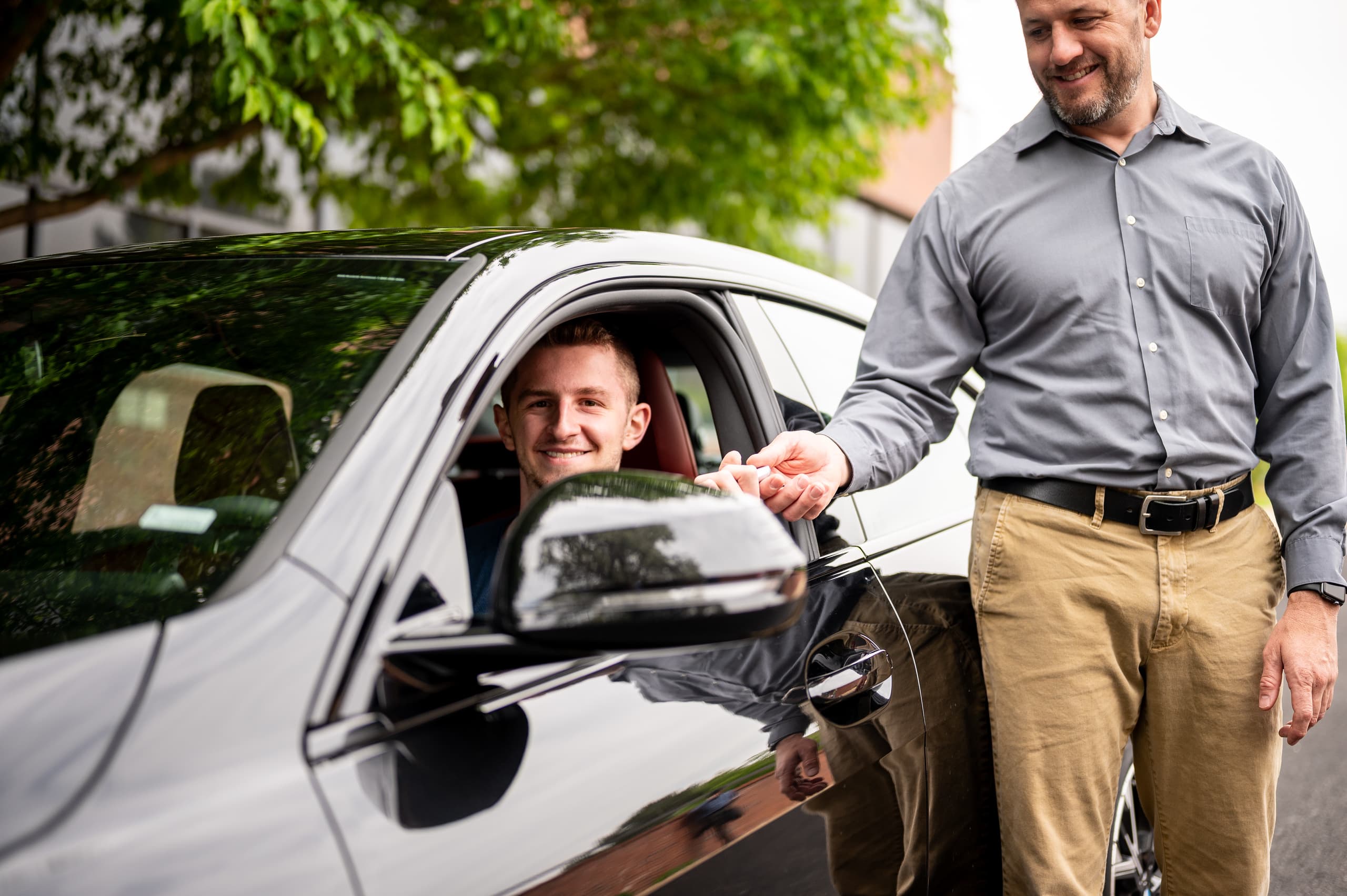Road Safety
Fast and curious: Does speeding actually save time?
Is speeding really worth it? LifeSafer ISA digs into the actual statistics of speeding around town. Learn more here.

For anyone running late or stuck in traffic, the temptation to press the gas pedal a little harder is all too real. Speeding feels like a logical way to make up for lost time and get where you’re going faster. But is that burst of speed really helping? What if the gains are negligible or worse, come at the cost of safety, greater expenses, and other risks?
The math of speeding
At its core, speeding is often driven by the belief that every second matters and going faster will significantly cut travel time. Reality, however, doesn’t always match the expectation.
HiRoad Insurance shared a study by the U.S. Army, the time you save by speeding—even by as much as 10 miles per hour over the limit—is far less impressive than you might think.
Here’s what the numbers show:
- Traveling 15 miles at 45 mph instead of 35 mph saves about 5 minutes.
- Traveling 15 miles at 75 mph instead of 65 mph saves about 2 minutes.
- A 50-mile trip at 65 mph instead of 55 mph saves about 8.5 minutes.
While these time savings might seem helpful on paper, they shrink in real-world conditions due to stoplights, traffic, weather, and road conditions. At highway speeds, it takes progressively longer to shave off additional minutes as you increase speed.
The dangers and costs of speeding
Safety risks
Speeding doesn’t just raise your stress levels; it significantly increases your risk of a crash. According to the National Highway Traffic Safety Administration (NHTSA), speeding contributed to 29% of all U.S. traffic fatalities in 2020, amounting to 11,258 lives lost. That’s an average of over 30 deaths a day.
Why is this the case? Here are a few key reasons:
- Reduced reaction time: The faster you drive, the less time you have to react to obstacles, sudden stops, or other unexpected events.
- Decreased safety equipment effectiveness: Features like airbags and seatbelts are less effective at higher speeds.
- Greater impact on crashes: A collision at 75 mph packs significantly more force than one at 55 mph, making injuries and fatalities more likely.
Financial costs
Beyond safety, speeding also impacts your wallet. Some of the financial consequences include:
- Traffic fines: Tickets for speeding vary by state but can be steepen before factoring in court fees.
- Insurance premium hikes: A single speeding ticket can cause your car insurance premiums to increase by as much as 20%.
- Fuel inefficiency: Speeding burns fuel faster, leaving you paying more at the pump. Maintaining speeds above 60 mph can reduce fuel efficiency dramatically.
When you consider the combined risks to your safety and finances, the true cost of speeding becomes much higher than those few extra minutes you might save.
Countermeasures and technologies for safer driving
If the dangers of speeding feel unavoidable, it’s time to explore smarter ways to regulate speed and promote safer driving habits. Intelligent Speed Assistance (ISA) is an innovative technology designed to make safe driving both effortless and effective.
Why choose LifeSafer Intelligent Speed Assistance?
LifeSafer’s ISA technology uses advanced GPS systems to monitor your speed in real-time and compare it against the speed limit in any location. Here’s how ISA works and why it’s a great choice:
- Real-time alerts: Whenever you exceed the speed limit, the ISA device provides immediate visual or audible alerts to help you adjust your speed.
- Configurable speed settings: Adapt the system to meet specific needs, and speeding regulations.
- Active speed control: This can actively prevent vehicles from exceeding speed limits by limiting throttle response, both in acceleration and reverse.
Speed thrills, but safety wins
By now, it’s clear that speeding doesn’t live up to its reputation as a time-saver. The math proves that the seconds shaved off are minimal, while the risks to your safety, your finances, and even your peace of mind are simply too significant to ignore.
Safe driving isn’t just about following the rules; it’s about making conscious decisions that protect everyone on the road. Luckily, tools like LifeSafer ISA make it easier than ever to adopt safer habits without compromising on convenience or efficiency.
Related Posts

100 Deadly Days of Summer: May 2025 Review
.jpeg&w=3840&q=75)
Beyond the limit: The super speeder epidemic
